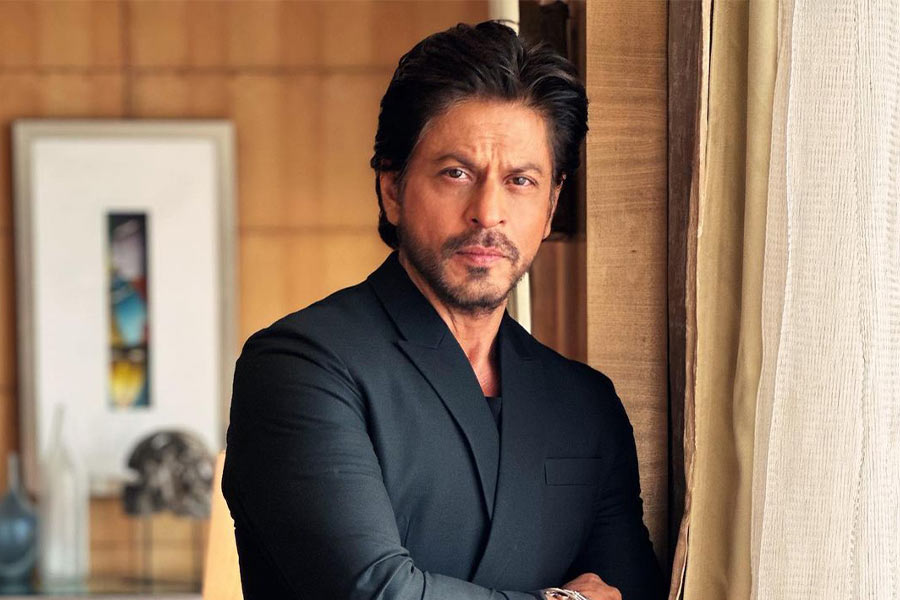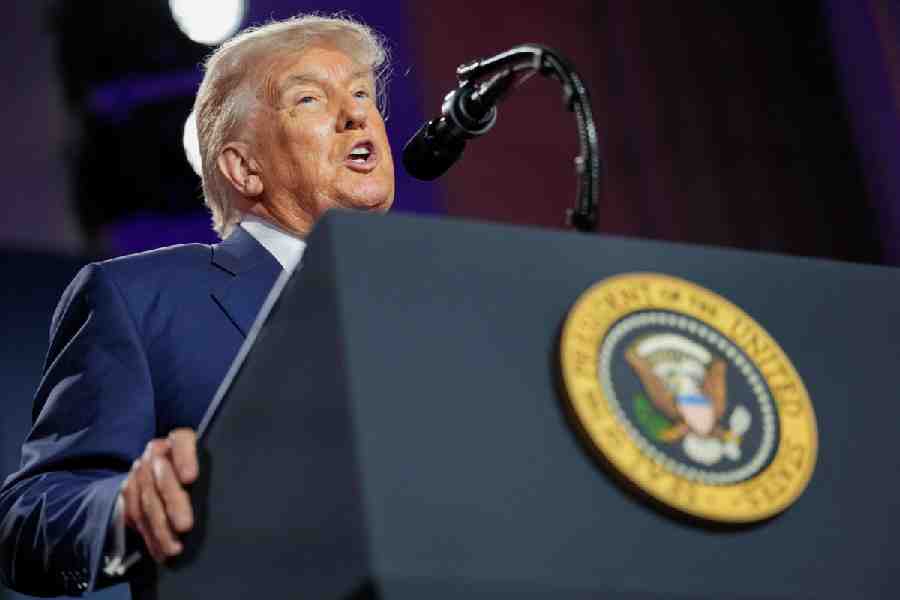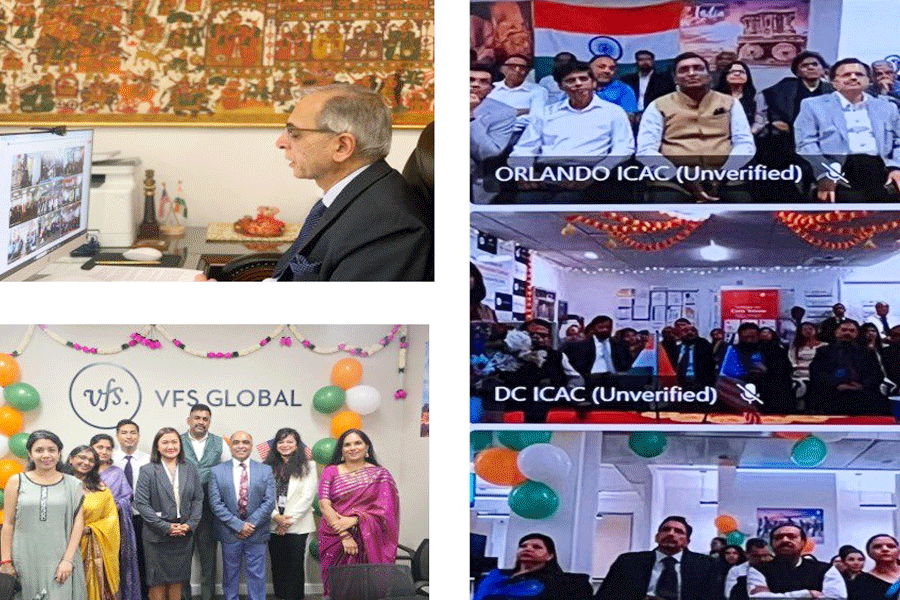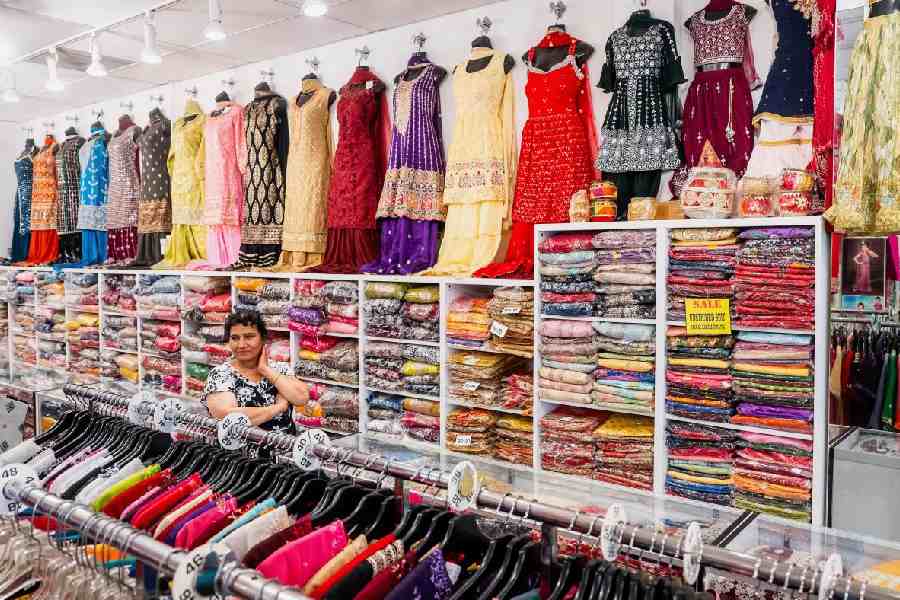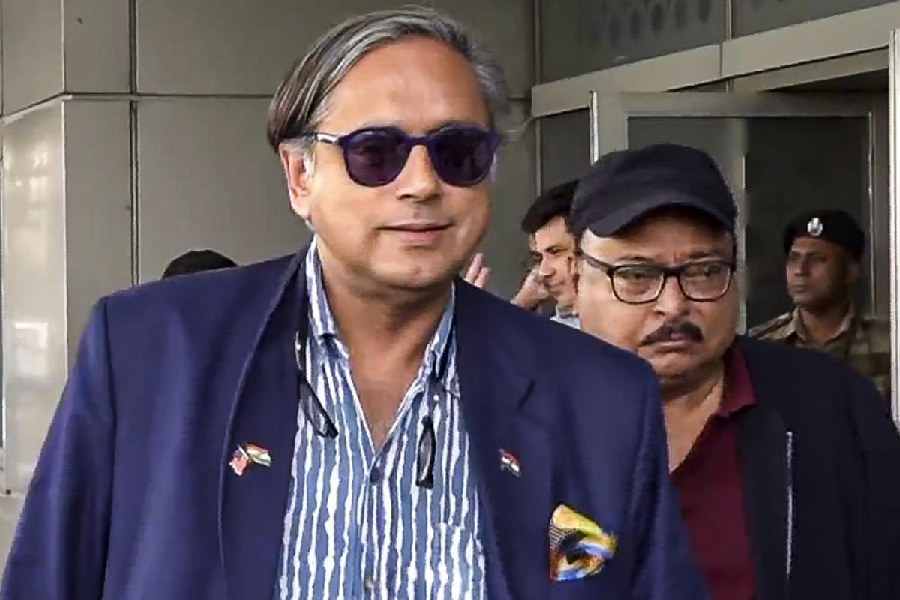New Delhi, July 29: The bullet had slammed into Farooque Mapkar in 1993 while he was praying in Bombay.
Mapkar, 47, had suffered the gunshot wound two months before the Bombay blasts — during the post-Ayodhya riots in which 900 people were killed in the financial capital of the country.
Amid claims of “justice” and “closure” for the families of the 257 people who were ki-l-l-ed in the March 12 Bombay bl--asts, some of the victims of the January riots ask why 15,000 pages of evidence are not eno-ugh to convict the rioters.
“Justice in terror cases in India is of two types. If the victims are predominantly Hindus, then there is popular discourse and outrage, and justice is at least seen to be served. If they are not, then justice is delayed and denied,” said Mapkar who was hit while praying at Hari Masjid in Mumbai’s Andheri East.
Mapkar, who works in a cooperative bank, wondered why there is no discussion on the riots despite the Justice B.N. Srikrishna Commission report linking the three most tumultuous events in the 1990s: the demolition of the Babri Masjid on December 6, 1992, the communal clashes of 1992 and 1993 and the Bombay blasts of 1993.
“One common link (between the riots and the blasts) appears to be that the former appear to have been a causative factor for the latter. The serial bomb blasts were a reaction to the totality of events at Ayodhya and Bombay in December 1992 and January 1993. The resentment against the government and police among a large body of Muslim youth was exploited by the Pakistan-aided anti-national elements. They were brainwashed into taking revenge, and a conspiracy was hatched and implemented at the instance of Dawood Ibrahim,” the report submitted in 1998 had stated.
Out of the 900 dead in the Bombay riots, 575 were Muslim and 275 Hindu, while 50 were from other communities.
Only three convictions took place in the riot cases. In 2008, a Mumbai court sentenced former Shiv Sena MP Madhukar Sarpotdar and two party activists to a year’s rigorous imprisonment. Sarpotdar was immediately granted bail and he died in 2010 without serving his sentence.
Mapkar and his team of lawyers continue to seek justice as they challenge a CBI closure report on the Hari Masjid case, which acquitted the police, including sub-inspector Nikhil Kapse, who was indicted by the Srikrishna Commission.
“This (Memon) is a man who brought huge amount of evidence to investigators against the blast accused, he is being hanged. There was enough evidence from eyewitness accounts to show Shiv Sena supremo Bal Thackeray’s complicity in the riots and the role of police officers, but nothing happened to them. He was and remains a hero. Some of the police officers got promoted. It suits governments to play politics and use these cases for political gains,” said Mapkar.
The Srikrishna Commission report had come down hard on the late Thackeray.
“From January 8, 1993, at least,” the commission said, “there is no doubt that the Shiv Sena and Shiv Sainiks took the lead in organising attacks on Muslims and their properties under the guidance of several leaders from the level of shakha pramukh to that of Sena chief Bal Thackeray.”
Relying on eyewitness acc-ounts, the commission desc-r-i-bed Thackeray as the “veteran general commanding his loyal Shiv Sainiks to retaliate….”
The commission was disbanded by the Sena-led government in January 1996. It was later reconstituted on public demand.
The commission had also observed that the “clashes and minor cases of rioting” which took place along the route of BJP leader L.K. Advani’s rath yatra were “the distant thunderclaps portending the storm to come”.
The commission noted that some of the speeches and slogans and meetings organised by the BJP from or about July 1992 as part of the Ayodhya temple campaign were “downright communal, warning the Muslims that dissent on the Ramjanmabhoomi-Babri Masjid dispute would be an act of treachery for which the Muslims would be banished from the country. Slogans like ‘mandir wahin banayenge’ (we will build the temple there itself) and ‘is desh mein rehna hoga, to Vande Mataram kehna hoga’ (You must utter Vande Mataram if you are to live in this country) rent the air.”
Shakil Ahmed was 22 when the hutments of Sion Koliwada, where he had been brought up, were burned down by rioters.
“The Justice Srikrishna report has been completely ignored by successive governments. There has been no proper compensation and almost 60 per cent of the cases have been closed by the state, despite eyewitness accounts given to the committee. The witnesses had spoken of the involvement of policemen, Shiv Sainiks and senior politicians,” Shakil said.
Listing the cause of death of the 900 people, the commission mentioned police firing, stabbing, arson, mob action and “private firing”. The injured numbered 2,036.
In all, the commission recorded depositions of 502 witnesses, running into 9,655 pages. Along with exhibits of 2,903 documents, the pages totalled 15,000.
“It was mayhem on the streets. I remember how an entire timber mart was burnt down. Yet, the mob was careful to keep a temple nearby safe from the flames. It was simple calculation — math in its purest form — to make the minority community suffer,” said Ahmed, who is also a lawyer.
The Srikrishna committee report noted that it found no evidence that any Muslim organisation was responsible for the riots. It held Hindu groups responsible for inciting the mobs.
“There is no material on record,” the commission said “that even during this phase any known Muslim individuals or organisations were responsible for the riots”, though several individual Muslims and Muslim criminal elements “appear to have indulged in violence, looting, arson and rioting”.
The commission mentioned “insensitive and harsh” handling by the police of the mobs, “which initially were not violent”. The commission also noted that several incidents of violence took place between December 15, 1992, and January 5, 1993.
But it was on January 6 that large-scale rioting and violence resumed — “brought to fever pitch by communally inciting propaganda unleashed by Hindu communal organisations and writings in newspapers like Saamna (the Shiv Sena’s mouthpiece)…”, the commission said.
Taheer Wagle, the father of 16-year-old Shahnawaz who was allegedly shot dead by policemen during the riots and whose case in pending in the Supreme Court for the past 17 years, said Memon seemed “guilty only by association”.
“If Memon is guilty, so are so many others in the riots case. I don’t know if I am suffering because I am a Muslim — there were Hindus who died in the riots too. It just suits governments to target us. It is unfortunate. But I don’t want to get into this debate, I just want my case to be transferred to Mumbai as I cannot go to Delhi to fight it in the Supreme Court,” Wagle said.


